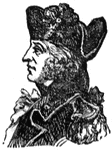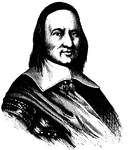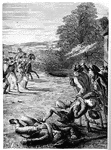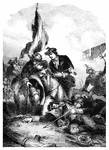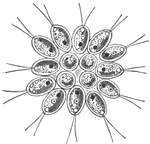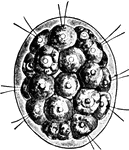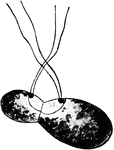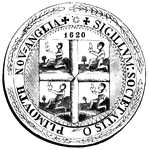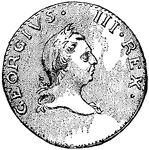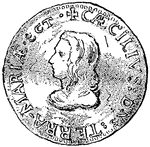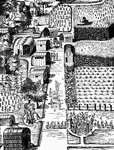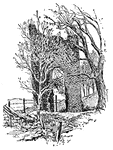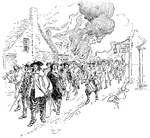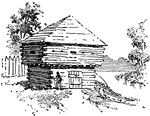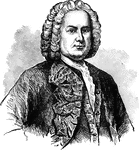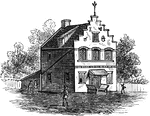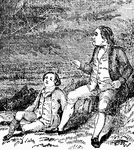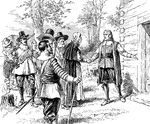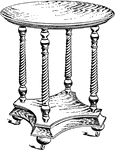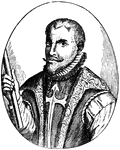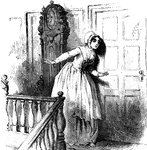
Roger Williams Taking Leave of his Family Before His Flight from Salem
Roger Williams Taking Leave of his Family Before His Flight from Salem

A Young Lady's Dower in Pine Tree Shillings
A young colonial woman's dower being paid in shillings according to her weight.

Grace and Rachel Martin Capturing Two British Officers
Two women dressed as men arresting a pair of British officers.
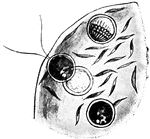
Eudorina
These protozoans form colonies. Formation of the two kinds of reproductive cells of Eudorina.

Volvox
These protozoans form colonies. The large spherical colonies of Volvox globator are composed of several…
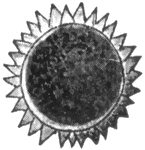
Volvox
These protozoans form colonies. The large spherical colonies of Volvox globator are composed of several…

Benjamin Franklin
"Benjamin Franklin managed men, the whilom printer, king's postmaster-general for America, discoverer,…
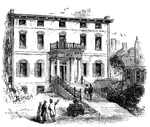
Province House
"The Province House. The Province House, the residence of the colonial governors, is still standing,…
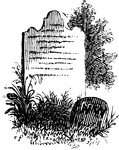
Woodhull's Grave
"Woodhull's Grave. Nathaniel Woodhull was born at Mastic, Long Island, December 30, 1722. Agriculture…

stockade
"A stockade. Those settlers who lived outside of Roston and the few seaport villages built palisades…

Charter Oak
"The Charter Oak. In Hartford the colonial government met to deliver up the charter. It was evening,…
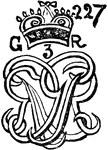
Stamp Act
"Stamp from the Stamp Act. The first direct issue of importance between the colonies and England came…

Stamp Act
"Stamp from the Stamp Act. The first direct issue of importance between the colonies and England came…
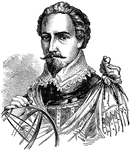
Sir Humphrey Gilbert
Sir Humphrey Gilbert (c. 1539 – 9 September 1583) of Devon in England was a half-brother of Sir Walter…
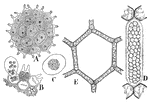
Green Algae
This illustration shows the colonial forms of unicellular green algae: A, Pediastrum, the plants of…

British Search
This is an illustration of the British searching the Colonial Americans for illegal items at the docks.
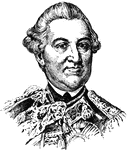
Richard Coote, First Early of Bellomont
An English nobleman, who played a large part in the capture of William Kidd, the pirate. Coote served…
